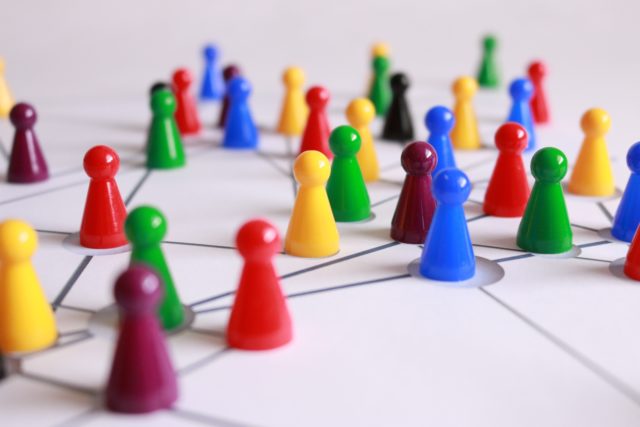Summary of:
Nelson, L. L. (2021). Identifying determinants of individual peacefulness: A psychological foundation for peace education. Peace and Conflict: Journal of Peace Psychology, 27(2), 109–119.
Background & Theory:
Understanding how personal factors and personality can contribute to individual peacefulness is key to creating larger scale programs that teach people how to lead more peaceful lives. This literature review pinpoints several factors to consider when creating peace interventions and education programs. While the studies here specifically focus on student education, many of the takeaways can apply to everyone.
Question(s):
Research was consolidated by Linden L. Nelson to answer the following questions:
-
- What are the enabling and motivating personality factors that affect peaceful behavior?
- How can these factors be utilized in teaching interventions to develop peaceful people?
Methods:
This literature review was created by examining 80 past research studies and other sources. The framework for this review rests heavily on Walter Mischel’s cognitive social learning theory and Albert Bandura’s social cognitive theory.
The author presented several factors that contribute to someone constituting the description of a peaceful person. For the purposes of this review, a peaceful person is defined as someone who exhibits a consistent pattern of nonviolent and harmonious attitudes, states, and behaviors across many different situations.
Results:
Before examining the specific factors that inhibit peaceful people, Nelson explained the importance of educational interventions that address peacefulness in the three domains of intrapersonal, interpersonal, and intergroup conflict. Addressing peacefulness in these three domains is highly important because (1) peacefulness is valued in all three and (2) peacefulness in one domain affects peacefulness in the other two domains.
This being considered, Nelson presented evidence which suggests five factors that should be considered important in developing peaceful people. Within these five factors include 12 keys to being a peaceful person that should specifically be addressed in these education interventions. These include: competencies (problem-solving and conflict resolution ability), self-regulatory dispositions (mindfulness and affect/emotional regulation), perceptual constructs and dispositions (identification with humanity, self-efficacy beliefs, perspective-taking disposition), motives and values (concern for the well-being of others, universalism versus power values, and rejection of revenge norms), and outcome expectations ( belief in the efficacy of peaceful actions and hope for peace).
Nelson featured one study that suggests peace interventions that focus on motivation and mindsets are more effective than those focused on skills (at least with adolescents). For example, knowledge about how structural inequality can manifest within an organization may lead to a better understanding of the way one can bring peace to that organization.
Nelson additionally displayed the effectiveness of certain educational interventions that contribute to a more peaceful society. One specific intervention being used in schools across the United States is social and emotional learning programs (SEL), which address multiple of the factors listed above. Finally, Nelson advocated for greater research and practice of educational interventions centered around the factors laid out above.
What We Can Learn:
Looking over this research, we can take away the following key insights:
- The factors to consider in creating interventions to bring more peace to your life include competencies, self-regulatory dispositions, perceptual constructs and dispositions, motives and values, and outcome expectations.
- Understanding the three dimensions of intrapersonal peace, interpersonal peace, and intergroup peace may additionally help both individuals and organizations manage conflict.
Final Takeaways
For Consultants: These intervention topics should be considered when creating trainings or programs focused on bringing more peace to the workplace.

For Everyone: Consider how each of the factors that embody more peaceful people show up in your life and your work. Learning more about factors that you are not familiar with may help you lead a more peaceful life.



